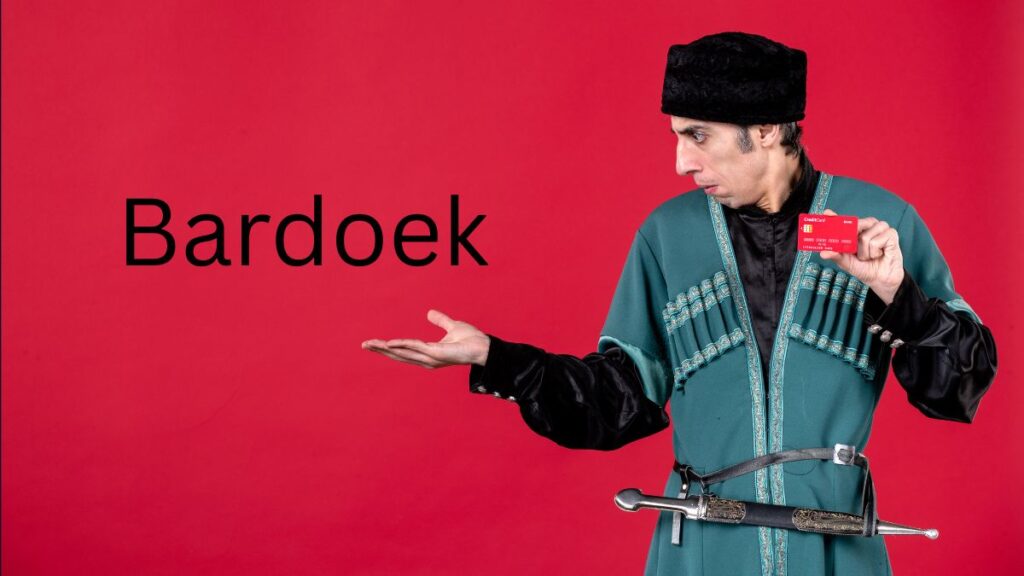Bardoek is more than just a word; it encapsulates a rich tradition that has woven itself into the fabric of cultural heritage for generations. This unique celebration carries deep meaning and significance, making it a fascinating topic to explore. What exactly does Bardoek signify? How did it come to be, and why do so many people still cherish this tradition today? Join us as we delve into the history of Bardoek, uncover its vibrant customs, and discover what makes this age-old practice resonate with so many individuals around the globe. From its origins to modern-day celebrations, you’ll find that Bardoek is steeped in layers of symbolism waiting to be unveiled. Let’s embark on this journey together!
The Origins of Bardoek
Bardoek traces its roots to ancient traditions deeply embedded in cultural practices. Historians believe it emerged centuries ago, perhaps as a way to celebrate the change of seasons or important life events.
The festival is thought to have originated in local communities where storytelling played a vital role. Elders would share tales around fires, fostering connections and passing down wisdom.
As time progressed, rituals associated with Bardoek evolved. They incorporated various elements from nearby cultures through trade and interaction.
In essence, Bardoek reflects the diverse influences that shaped its identity over generations. Each iteration tells a unique story of community resilience and celebration amidst changing times.
How Bardoek is Celebrated Today
Today, Bardoek is celebrated with vibrant enthusiasm and a deep sense of community. Families and friends gather to participate in various activities that reflect the tradition’s rich heritage.
Festivities often include traditional music and dance, inviting everyone to join in the celebration. Participants wear specially crafted attire, showcasing colors and patterns that embody local culture.
Food plays a central role during Bardoek celebrations. Festive feasts feature dishes steeped in history, bringing flavors that evoke nostalgia for many participants. The sharing of meals fosters connection among attendees.
Ceremonial rituals are also integral to today’s Bardoek observances. Many communities hold processions or performances that honor ancestors while passing on stories from generation to generation.
Social media has transformed how people engage with this tradition as well; hashtags related to Bardoek capture moments of joy shared by those celebrating around the world.
The Symbolism and Significance of Bardoek
Bardoek carries deep symbolism that resonates with its participants. At its core, it represents the cycle of life and death. The rituals and practices associated with Bardoek evoke a sense of continuity across generations.
The colors used during Bardoek celebrations often hold specific meanings. Bright hues symbolize joy, while darker shades reflect remembrance and respect for ancestors. This contrast highlights the duality of existence—celebration intertwined with reflection.
Additionally, communal participation emphasizes unity within families and communities. Gathering together fosters bonds and shared experiences that reinforce cultural identity.
Objects exchanged or displayed during Bardoek carry personal stories too. Each item has significance, connecting individuals to their heritage in a profound way.
This tradition serves not just as an event but as a reminder of values like love, remembrance, and community spirit which are essential to society’s fabric.
Similar Traditions around the World
Around the globe, various cultures celebrate traditions that echo the essence of Bardoek. In Mexico, Día de los Muertos honors deceased loved ones with vibrant altars and joyful gatherings. Families create offerings, blending remembrance with celebration.
In Southeast Asia, certain Buddhist practices involve rituals honoring ancestors. These ceremonies often feature food offerings to ensure spirits are well-fed in the afterlife.
Similarly, in Italy, La Festa dei Morti reflects a deep-rooted reverence for those who have passed away. Communities come together to share stories and enjoy special foods prepared for this occasion.
These global customs reveal a universal desire to connect with past generations. They bridge cultural gaps while showcasing unique expressions of love and memory across different societies. Each tradition carries its own meaning yet resonates deeply on an emotional level, much like Bardoek’s profound significance within its community.
Controversies Surrounding Bardoek
Bardoek, while celebrated by many, is not without its controversies. Critics often argue that certain aspects of the tradition have become commercialized over time. This shift can detract from its original cultural significance.
Some community members express concern about the environmental impact associated with large-scale celebrations. They worry that festivities may lead to littering and depletion of local resources.
Additionally, there are disputes regarding inclusivity within the celebrations. Some feel that specific groups or communities are sidelined in favor of more popular interpretations of Bardoek.
Debates also arise about how modern interpretations align with traditional practices. This tension highlights a broader conversation about preserving heritage while embracing change.
These conflicting views add layers to understanding Bardoek’s role in contemporary society, igniting discussions among enthusiasts and critics alike.
Conclusion: Why Bardoek Continues to Be a Cherished Tradition
Bardoek remains a cherished tradition for many reasons. Its roots run deep, connecting generations through shared experiences and cultural narratives. Each celebration is an opportunity to remember the past while embracing the present.
This unique event fosters community spirit, bringing people together in vibrant festivities filled with joy and laughter. The rituals surrounding Bardoek serve as a reminder of cultural identity, allowing individuals to connect with their heritage on a profound level.
As society continues to evolve, traditions like Bardoek adapt yet retain their core significance. They provide comfort amid change, offering participants a sense of belonging and continuity. The stories told during these gatherings create lasting memories that bind families and communities together.
The ongoing relevance of Bardoek highlights its role not just as an event but as an essential thread in the fabric of cultural life. As long as there are people who value connection—both to each other and their histories will undoubtedly thrive for years to come.






